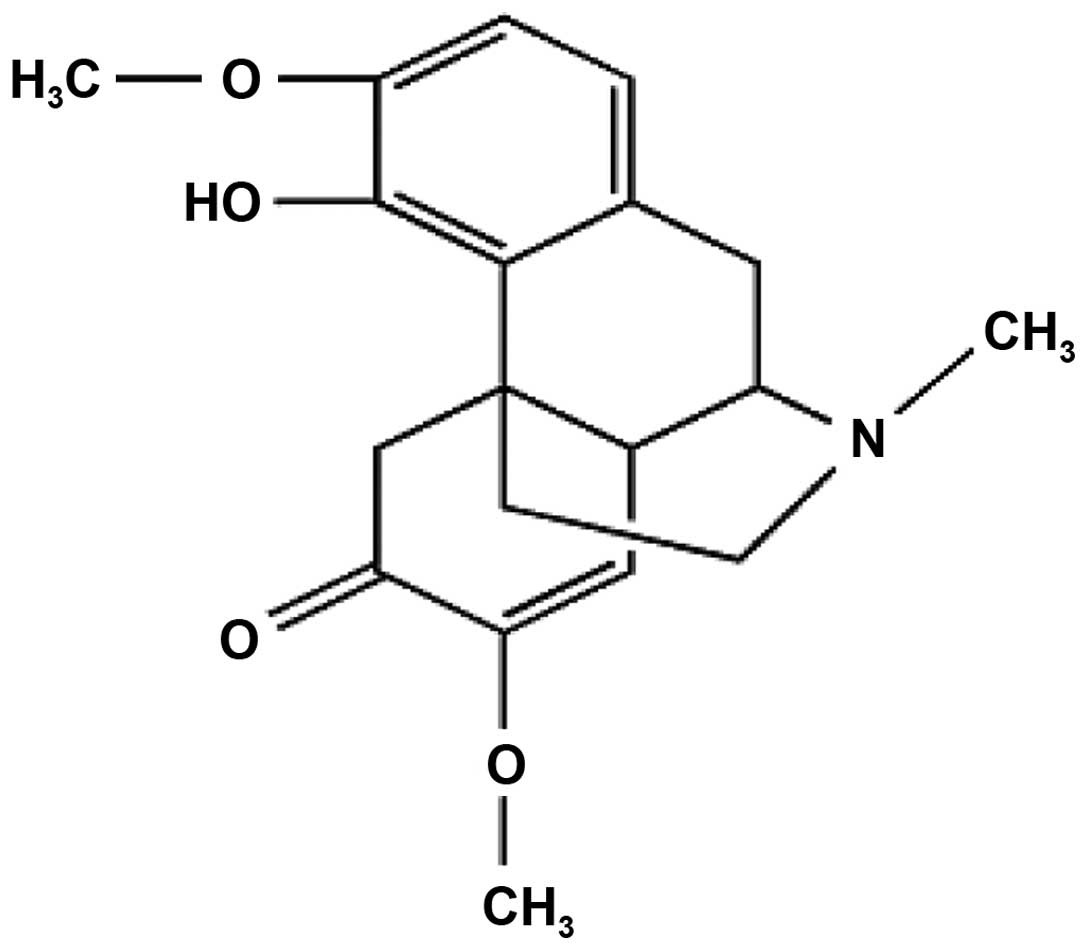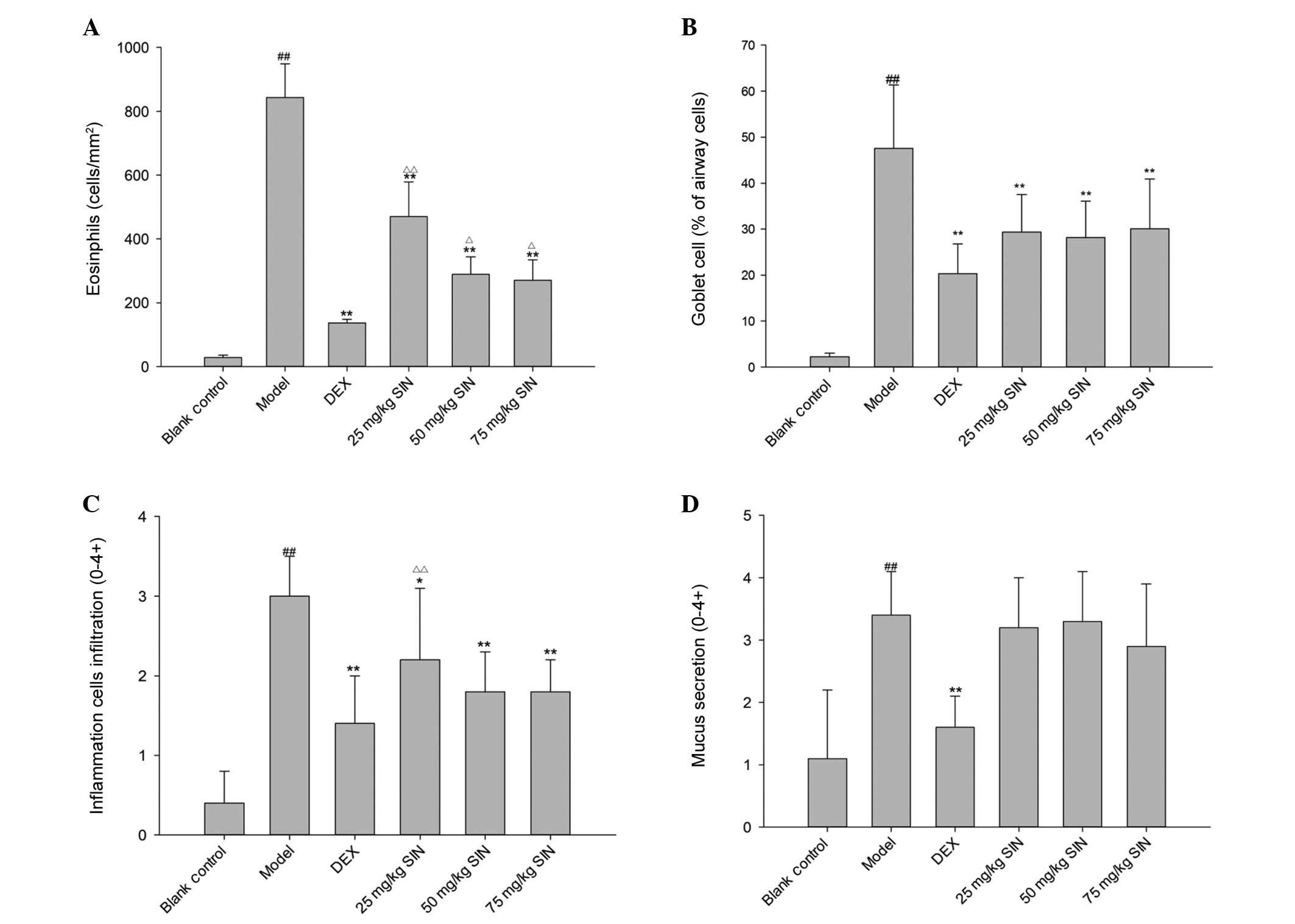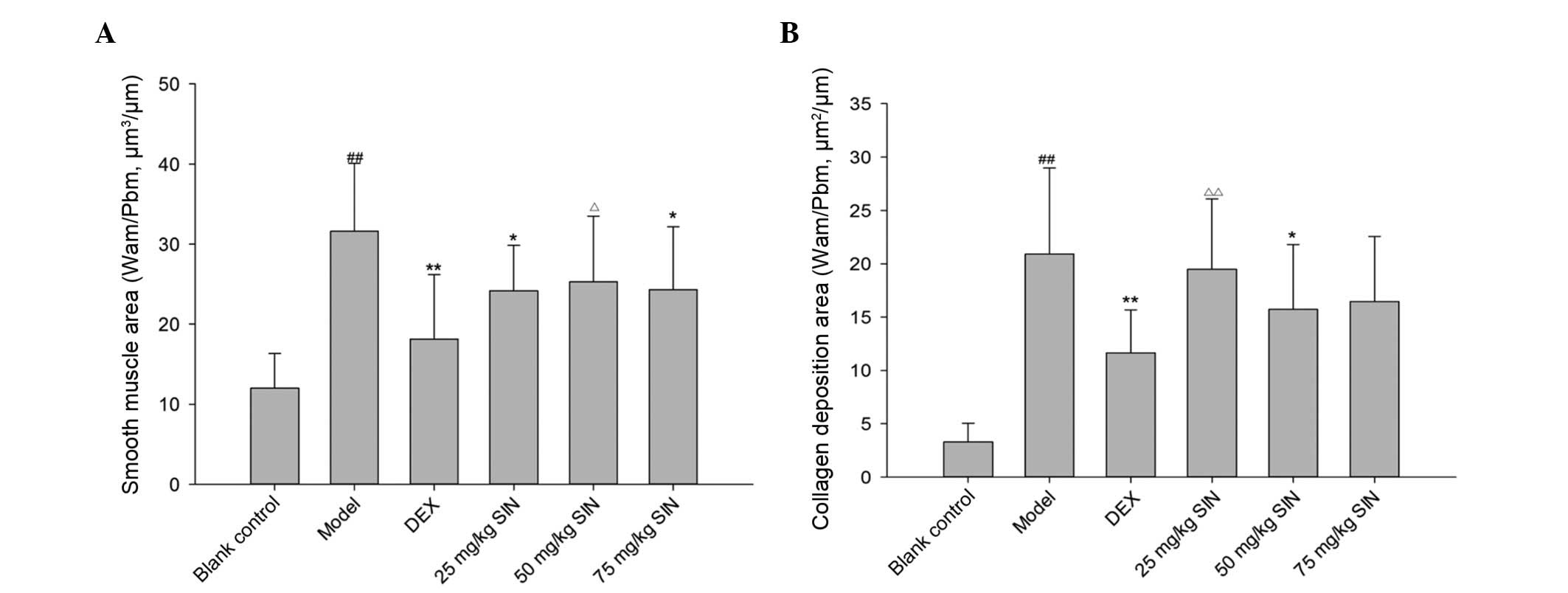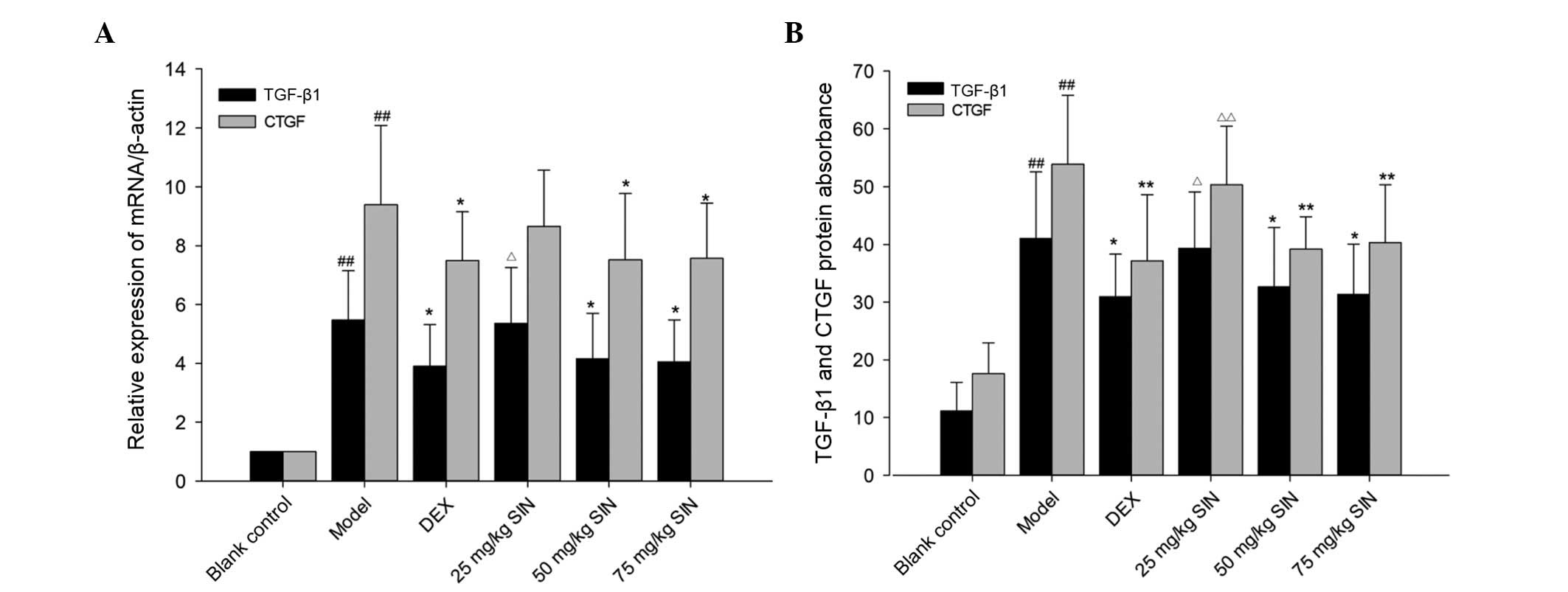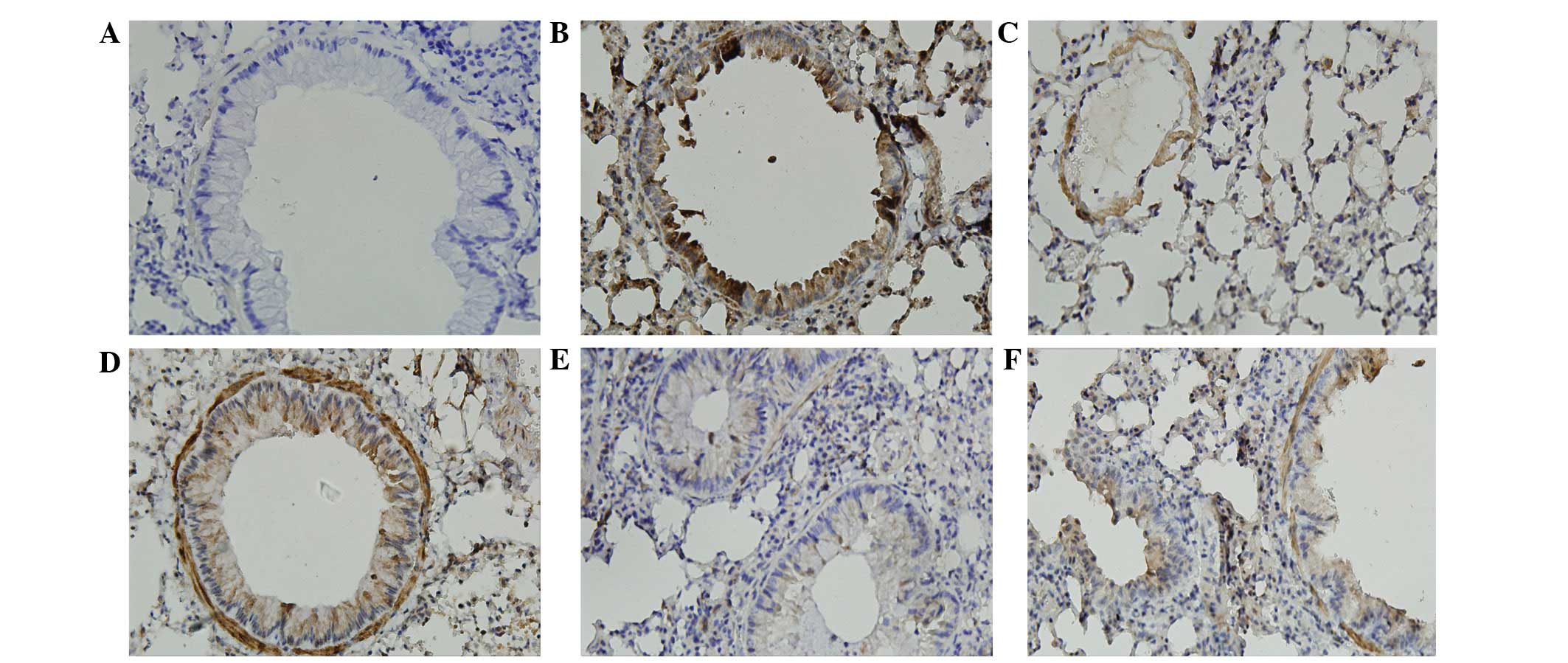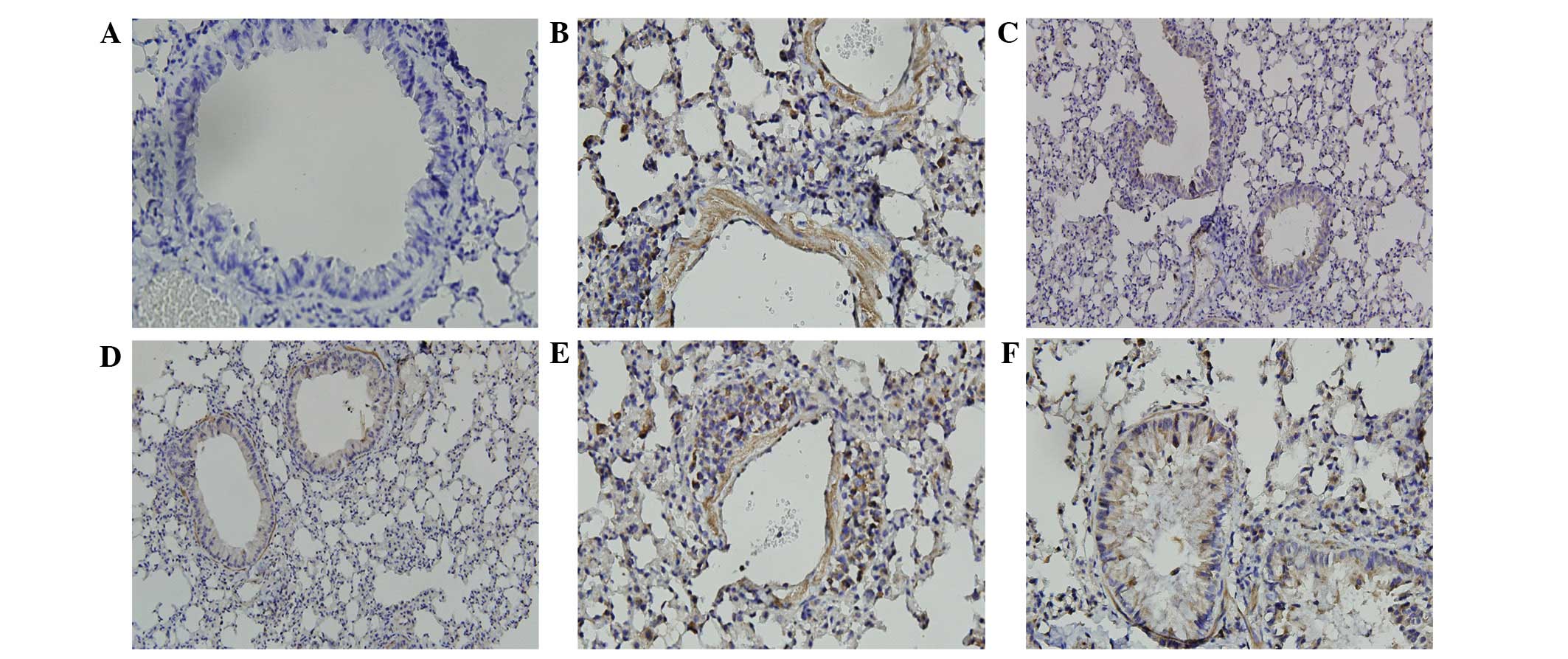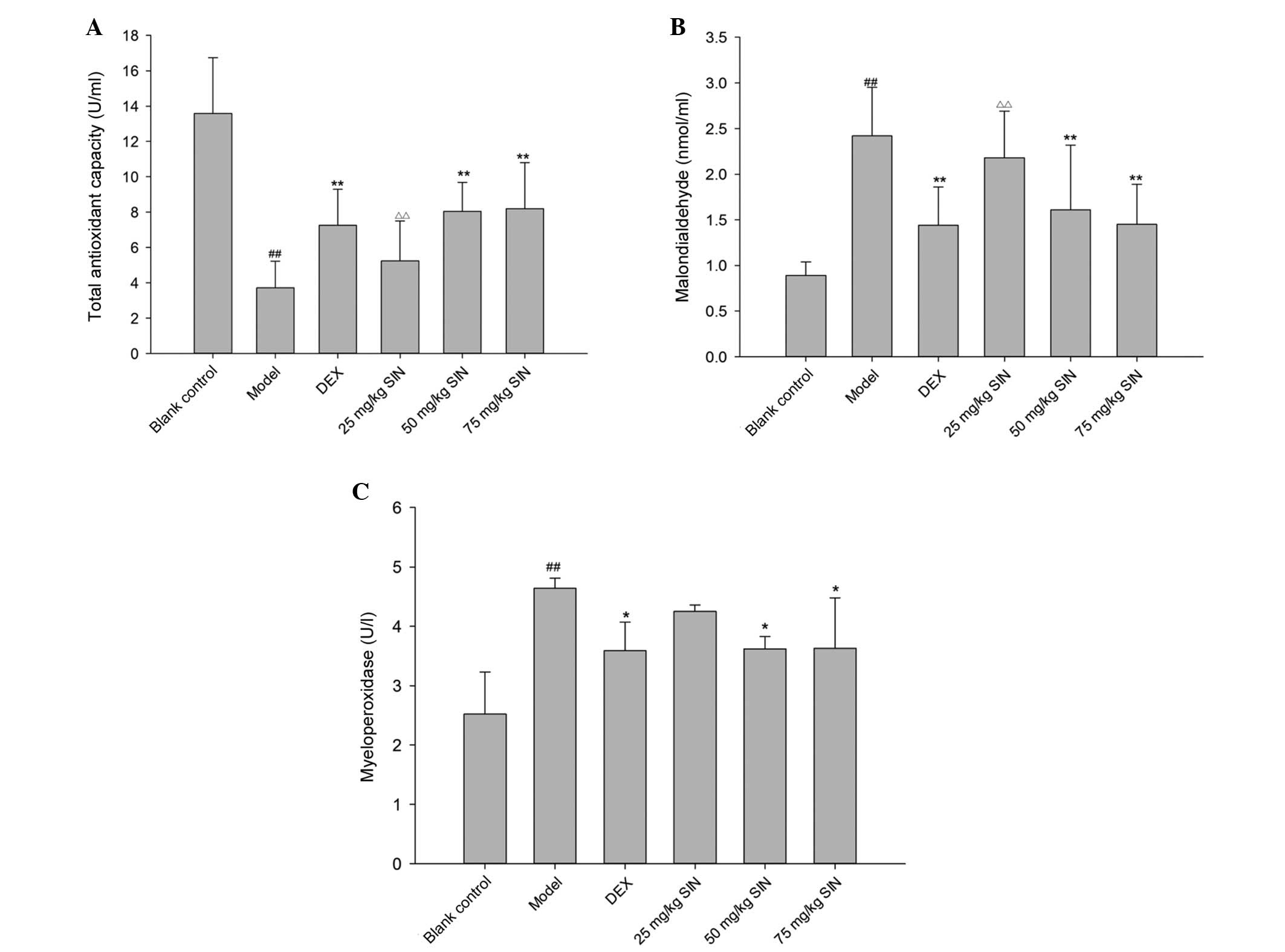|
1
|
Manuyakorn W, Howarth PH and Holgate ST:
Airway remodelling in asthma and novel therapy. Asian Pac J Allergy
Immunol. 31:3–10. 2013.PubMed/NCBI
|
|
2
|
Al-Muhsen S, Johnson JR and Hamid Q:
Remodeling in asthma. J Allergy Clin Immunol. 128:451–462; quiz
463–464. 2011. View Article : Google Scholar : PubMed/NCBI
|
|
3
|
Lederlin M, Ozier A, Montaudon M, Begueret
H, Ousova O, Marthan R, Berger P and Laurent F: Airway remodeling
in a mouse asthma model assessed by in-vivo respiratory-gated
micro-computed tomography. Eur Radiol. 20:128–137. 2010. View Article : Google Scholar
|
|
4
|
Kearley J, Buckland KF, Mathie SA and
Lloyd CM: Resolution of allergic inflammation and airway
hyperreactivity is dependent upon disruption of the T1/ST2-IL-33
pathway. Am J Respir Crit Care Med. 179:772–781. 2009. View Article : Google Scholar : PubMed/NCBI
|
|
5
|
King GG and Farah CS: Targeting airway
remodelling in asthma: The how, what and where? Respirology.
17:585–587. 2012. View Article : Google Scholar : PubMed/NCBI
|
|
6
|
Schmidt-Weber CB and Blaser K: The role of
TGF-beta in allergic inflammation. Immunol Allergy Clin North Am.
26:233–244. 2006. View Article : Google Scholar : PubMed/NCBI
|
|
7
|
Redington AE, Madden J, Frew AJ,
Djukanovic R, Roche WR, Holgate ST and Howarth PH: Transforming
growth factor-beta 1 in asthma. Measurement in bronchoalveolar
lavage fluid. Am Respir Crit Care Med. 156:642–647. 1997.
View Article : Google Scholar
|
|
8
|
Vignola AM, Chanez P, Chiappara G,
Merendino A, Pace E, Rizzo A, la Rocca AM, Bellia V, Bonsignore G
and Bousquet J: Transforming growth factor-beta expression in
mucosal biopsies in asthma and chronic bronchitis. Am J Respir Crit
Care Med. 156:591–599. 1997. View Article : Google Scholar : PubMed/NCBI
|
|
9
|
Grotendorst GR: Connective tissue growth
factor: A mediator of TGF-beta action on fibroblasts. Cytokine
Growth Factor Rev. 8:171–179. 1997. View Article : Google Scholar
|
|
10
|
Frazier K, Williams S, Kothapalli D,
Klapper H and Grotendorst GR: Stimulation of fibroblast cell
growth, matrix production, and granulation tissue formation by
connective tissue growth factor. J Invest Dermatol. 107:404–411.
1996. View Article : Google Scholar : PubMed/NCBI
|
|
11
|
Johnson PR, Burgess JK, Ge Q, Poniris M,
Boustany S, Twigg SM and Black JL: Connective tissue growth factor
induces extracellular matrix in asthmatic airway smooth muscle. Am
J Respir Crit Care Med. 173:32–41. 2006. View Article : Google Scholar
|
|
12
|
Sahiner UM, Birben E, Erzurum S, Sackesen
C and Kalayci O: Oxidative stress in asthma. World Allergy Organ J.
4:151–158. 2011. View Article : Google Scholar : PubMed/NCBI
|
|
13
|
Park CS, Kim TB, Lee KY, Moon KA, Bae YJ,
Jang MK, Cho YS and Moon HB: Increased oxidative stress in the
airway and development of allergic inflammation in a mouse model of
asthma. Ann Allergy Asthma Immunol. 103:238–247. 2009. View Article : Google Scholar : PubMed/NCBI
|
|
14
|
Baraket M, Oliver BG, Burgess JK, Lim S,
King GG and Black JL: Is low dose inhaled corticosteroid therapy as
effective for inflammation and remodeling in asthma? A randomized,
parallel group study. Respir Res. 13:112012. View Article : Google Scholar : PubMed/NCBI
|
|
15
|
Gao T, Hao J, Wiesenfeld-Hallin Z, Wang DQ
and Xu XJ: Analgesic effect of sinomenine in rodents after
inflammation and nerve injury. Eur J Pharmacol. 721:5–11. 2013.
View Article : Google Scholar : PubMed/NCBI
|
|
16
|
Wang Q and Li XK: Immunosuppressive and
anti-inflammatory activities of sinomenine. Int Immunopharmacol.
11:373–376. 2011. View Article : Google Scholar
|
|
17
|
Zhou H, Wong YF, Wang J, Cai X and Liu L:
Sinomenine ameliorates arthritis via MMPs, TIMPs, and cytokines in
rats. Biochem Biophys Res Commun. 376:352–357. 2008. View Article : Google Scholar : PubMed/NCBI
|
|
18
|
Temelkovski J, Hogan SP, Shepherd DP,
Foster PS and Kumar RK: An improved murine model of asthma:
Selective airway inflammation, epithelial lesions and increased
methacholine responsiveness following chronic exposure to
aerosolised allergen. Thorax. 3:849–856. 1998. View Article : Google Scholar
|
|
19
|
Duan W, Chan JH, Wong CH, Leung BP and
Wong WS: Anti-inflammatory effects of mitogen-activated protein
kinase kinase inhibitor U0126 in an asthma mouse model. J Immunol.
172:7053–7059. 2004. View Article : Google Scholar : PubMed/NCBI
|
|
20
|
Weibel ER: Principles and methods for the
morphometric study of the lung and other organs. Lab Invest.
12:131–155. 1963.PubMed/NCBI
|
|
21
|
Angeli P, Prado CM, Xisto DG, Silva PL,
Pássaro CP, Nakazato HD, Leick-Maldonado EA, Martins MA, Rocco PR
and Tibério IF: Effects of chronic L-NAME treatment lung tissue
mechanics, eosinophilic and extracellular matrix responses induced
by chronic pulmonary inflammation. Am J Physiol Lung Cell Mol
Physiol. 294:L1197–L1205. 2008. View Article : Google Scholar : PubMed/NCBI
|
|
22
|
Henderson WR Jr, Tang LO, Chu SJ, Tsao SM,
Chiang GK, Jones F, Jonas M, Pae C, Wang H and Chi EY: A role for
cysteinyl leukotrienes in airway remodeling in a mouse asthma
model. Am J Respir Crit Care Med. 165:108–116. 2002. View Article : Google Scholar : PubMed/NCBI
|
|
23
|
Zhou L, Qian ZX, Li F and Liu RY: The
effect of melatonin on the regulation of collagen accumulation and
matrix metal-loproteinase-9 and tissue inhibitor of matrix
metalloproteinase-1 mRNA and protein in a murine model of chronic
asthma. Zhonghua Jie He He Hu Xi Za Zhi. 30:527–532. 2007.In
Chinese. PubMed/NCBI
|
|
24
|
Toledo AC, Sakoda CP, Perini A, Pinheiro
NM, Magalhães RM, Grecco S, Tibério IF, Câmara NO, Martins MA, Lago
JH and Prado CM: Flavonone treatment reverses airway inflammation
and remodelling in an asthma murine model. Br J Pharmacol.
168:1736–1749. 2013. View Article : Google Scholar :
|
|
25
|
Oda H, Kawayama T, Imaoka H, Sakazaki Y,
Kaku Y, Okamoto M, Kitasato Y, Edakuni N, Takenaka S, Yoshida M, et
al: Interleukin-18 expression, CD8(+) T cells, and eosinophils in
lungs of nonsmokers with fatal asthma. Ann Allergy Asthma Immunol.
112:23–28. 2014. View Article : Google Scholar
|
|
26
|
Kok TW, Yue PY, Mak NK, Fan TP, Liu L and
Wong RN: The anti-angiogenic effect of sinomenine. Angiogenesis.
8:3–12. 2005. View Article : Google Scholar : PubMed/NCBI
|
|
27
|
Chen DP, Wong CK, Leung PC, Fung KP, Lau
CB, Lau CP, Li EK, Tam LS and Lam CW: Anti-inflammatory activities
of Chinese herbal medicine sinomenine and Liang Miao San on tumor
necrosis factor-α-activated human fibroblast-like synoviocytes in
rheumatoid arthritis. J Ethnopharmacol. 137:457–468. 2011.
View Article : Google Scholar : PubMed/NCBI
|
|
28
|
Busse WW and Lemanske RF Jr: Asthma. N
Engl J Med. 344:350–362. 2001. View Article : Google Scholar : PubMed/NCBI
|
|
29
|
Manuyakorn W: Airway remodelling in
asthma: Role for mechanical forces. Asia Pac Allergy. 4:19–24.
2014. View Article : Google Scholar : PubMed/NCBI
|
|
30
|
Holgate ST, Holloway J, Wilson S, Howarth
PH, Haitchi HM, Babu S and Davies DE: Understanding the
pathophysiology of severe asthma to generate new therapeutic
opportunities. J Allergy Clin Immunol. 117:496–506; quiz 507. 2006.
View Article : Google Scholar : PubMed/NCBI
|
|
31
|
Hardy CL, Nguyen HA, Mohamud R, Yao J, Oh
DY, Plebanski M, Loveland KL, Harrison CA, Rolland JM and O'Hehir
RE: The activin A antagonist follistatin inhibits asthmatic airway
remodelling. Thorax. 68:9–18. 2013. View Article : Google Scholar
|
|
32
|
Bowler RP and Crapo JD: Oxidative stress
in allergic respiratory diseases. J Allergy Clin Immunol.
110:349–356. 2002. View Article : Google Scholar : PubMed/NCBI
|
|
33
|
Sugiura H and Ichinose M: Oxidative and
nitrative stress in bronchial asthma. Antioxid Redox Signal.
10:785–797. 2008. View Article : Google Scholar : PubMed/NCBI
|
|
34
|
Brown SD, Baxter KM, Stephenson ST, Esper
AM, Brown LA and Fitzpatrick AM: Airway TGF-β1 and oxidant stress
in children with severe asthma: Association with airflow
limitation. J Allergy Clin Immunol. 129:388–396. 2012. View Article : Google Scholar
|
|
35
|
Fatani SH: Biomarkers of oxidative stress
in acute and chronic bronchial asthma. J Asthma. 51:578–584. 2014.
View Article : Google Scholar : PubMed/NCBI
|
|
36
|
Ayala A, Muñoz MF and Argüelles S: Lipid
peroxidation: production, metabolism, and signaling mechanisms of
malondialdehyde and 4-hydroxy-2-nonenal. Oxid Med Cell Longev.
2014:360–438. 2014. View Article : Google Scholar
|
|
37
|
Vignola AM, Riccobono L, Mirabella A,
Profita M, Chanez P, Bellia V, Mautino G, D'accardi P, Bousquet J
and Bonsignore G: Sputum metalloproteinase-9/tissue inhibitor of
metallopro-teinase-1 ratio correlates with airflow obstruction in
asthma and chronic bronchitis. Am J Respir Crit Care Med.
158:1945–1950. 1998. View Article : Google Scholar : PubMed/NCBI
|



